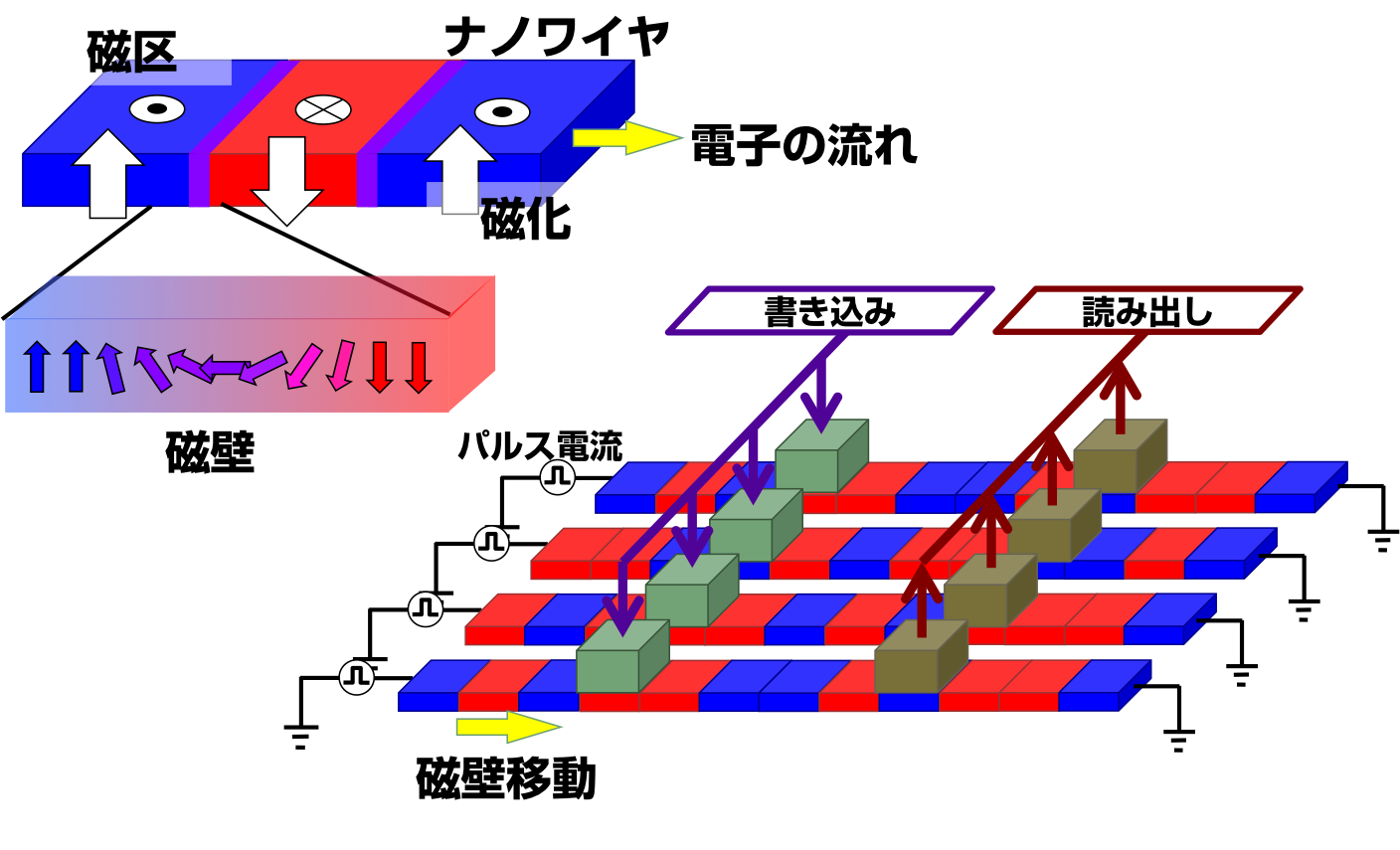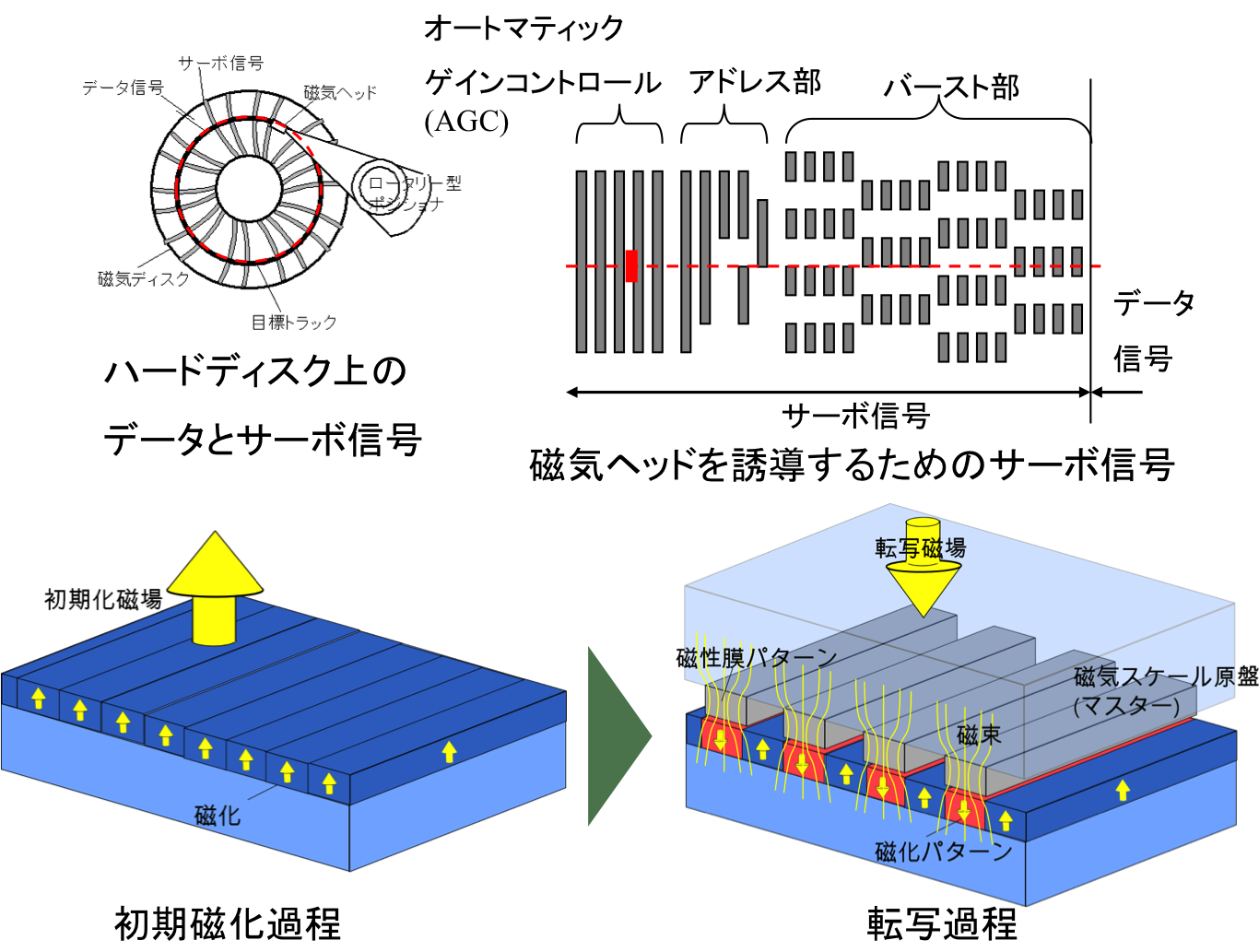|
|
[JP] [EN] |
|
Our missionsWe investigate new functional materials and devices with high performance, high efficiency, and high value-added, which we call High3(high cube). The High3(high cube) is our laboratory logo mark. We focus on three currents such as electrical current, spin current, and thermal current to realize low-power-consumption spintronic devices and thermoelectric power generation as ubiquitous batteries. We are also interested in Revolutional material development by fusion of strong experiments with theory/data science These studies are supported by grants from NEDO, JSPS, JST, and other foundations.
These studies are supported in part of grants from NEDO, JSPS, JST, and other fundations. Competitive Fundings[Competitive Fundings] in JapaneseImprovement of thermoelectric properties by using nano-structure, electric field effect, and magnetic field effectThermoelectrics to directly convert heat into electric power is expected to utilize unused energy such as lost heat from solar, electric and hydrocarbon energy sources and so on. Recently, thermoelectric power generators is expected to be a ubiquitus battery for IoT and/or sensor networks. However, since the conventional thermoelectric materials have low efficiency in converting heat to electricity, thermoelectics is not worth the cost of introduction, and could not achieve the practical use. We are collaborating with Saitama university and AIST, and are challenging the improvement of theremoelectric efficiency by
Recently, interaction between thermal flow and spins has attracted much attention, and we are also investigating thermoelectric effects in magnetic materials such as anomalous Nernst effect(Fig.6).  Fig.6 Anomalous Nernst effect in magnetic thin films AIP Advances Vol. 8, 056326 (2018) Related topics
Computational physics and development of innovative functional materialsWe promote hybridization of experiments and computational physics. Model Hamiltonian and first principle calculation can reveal electronic structures in new functional materials. Numerical simulation of Boltzmann equation, spin dynamics, and so on can understand the transports of spins, electrons, and energies in wide-range phenomena. Related topics
Spintronics devices: Domain wall memoryImaging technology with high resolution needs information devices realizing small feature size, low power consumption and high transfer rate. Recently, neuromorphic computation which imitate human brains are expected because these have the possibility to operate the information with low power consumption.
We are investigating domain wall memory (Fig.3)
in order to realize a new candidate of information devices
and are challenging to establish principles, materials and device structures to obtain
low power consumption, small feature size, and high data transfer.
So far we have proposed the following techniques:
New principles such as spin-orbit torque,spin Hall effect,Rashba-Edelstein effect, topological insulators etc. are expected to improve these characteristics. We are also challenging to demonstrate information operations with computer simulation and development of new materials and device structures.
Related topics
Magnetic Printing technique for writing servo-signals with high speed and low costThe information explosion is the rapid increase in the amount of published information or data and the effects of this abundance because of social network services and sensor networks. As the amount of available data grows, the problem of storaging the information becomes more serious. Hard disks which is one of powerful data storage devices becomes more important to support BIG DATA. We are developing magnetic printing for writing servo-signals onto hard disks in order to drastically improve productivity (Fig.1).
However, the conventional master media could not write high density servo-signals with high accuracy. We have developed new master media to achieve ultra-high density servo-signals, and will confirm the improvement of printing characteristics by fabrication of master test pieces (Fig.2) with UHV magnetron sputtering and nano-imprint lithography. In the near future, the developed magnetic printing will realize high productivity of HDDs.
Related topics
|
|||||||||||||||||||||
|
New Functional Materials Laboratory,
Dept. Media and Telecommunications Eng.,
Faculty of Eng.,
Ibaraki University
|
|||||||||||||||||||||






